The gall of North Melbournites
If you’re a gardener, or just wandering North Melbourne’s parks, you’ll have seen many galls in your time, although you may not know a lot about them. Non-gardeners can mistake these often colourful and attractive little baubles for a natural part of the plant, which of course they are not.
Galls, a swelling or outgrowth on a leaf or branch, could be described as similar to a benign tumour or wart found in the animal world. A gall or cecidia to the experts, (from “galla”, the Greek for “oak apple”) may be caused by a virus, bacteria or fungus, but very often by a tiny insect larva and is the plant’s reaction to being injured or actually invaded. It’s a little like producing scar tissue over a wound but with the addition of a tenant.
Virtually all plant species have particular insects which find them tasty and attractive, and consequently most plants have some sort of gall decoration as a response. Many flies, wasps, mites and other insects lay their eggs in slits in leaves, stems, trunks and even roots, in some cases causing only cosmetic damage, in others killing the host plant slowly over time.
The variety of galls is almost as extensive as the number of species involved but any one combination of host and intruder will always produce the same kind of gall, ranging from tiny pinhead size up to those on some gum trees of up to half a metre and more across.
One example of easily identifiable galls is seen on the many wattles which surround us. These are quite large (often 10 or more cm across) and a warm chocolate brown, contrasting strongly with the soft green foliage.
Those on gum leaves mostly tend to match the colour of the host leaf but can still be quite outstanding in both profile and hue. And if you want to be even more parochial you might like to check out our local banksias. They have a unique little gall maker which has made Melbourne its home and is found nowhere else. In case you meet one, his name is Eriophyidae.
Like some inner suburban high-rise flats the occupation of some galls can be rather complicated. Sometimes the initial intruder in these mini-habitats is visited unexpectedly by an interloper who either simply shares the space or outgrows the original tenant thus forcing him out. In some cases, when a little less sociable, the visitor actually eats the host.
And if this wasn’t complicated enough some species specialise in parasitising the parasites. And, in fact, in some rare cases the parasitising parasite itself is … I’m sure you get my drift. A bit like those Russian dolls, but with sinister intent.
Although gardeners and many orchardists spend their lives fighting damaging galls, there are a few which over the centuries man has found to be quite helpful. Rich in resins and tannic acid, galls have been used in the manufacturing of permanent dyes and inks and certain astringent ointments (mainly for the treatment of fevers and intestinal ailments) and, in fact, according to medieval Arabic literature, were the main export from many places in the Middle East in those far distant times.
Not surprisingly, our local indigenous population with their genius for exploiting the environment in a positive way, have long used galls for emergency food and even for bait when fishing.
There are also cases where galls are actually helpful to certain trees – like some figs – which depend on their particular gall wasps to help with their cross-pollination. Also, gallian materials have been used for centuries in the tannery industry where tiny mites are actually inoculated into the tamarisk tree to encourage its outer growth … clearly a case of the bite, not being worse than, but actually beneficial to, the bark.
Anyway, next time someone accuses you of having a lot of gall it might be worth while checking out the garden. •

Jo Ryan unveils Ordered Chaos at Blender Studios


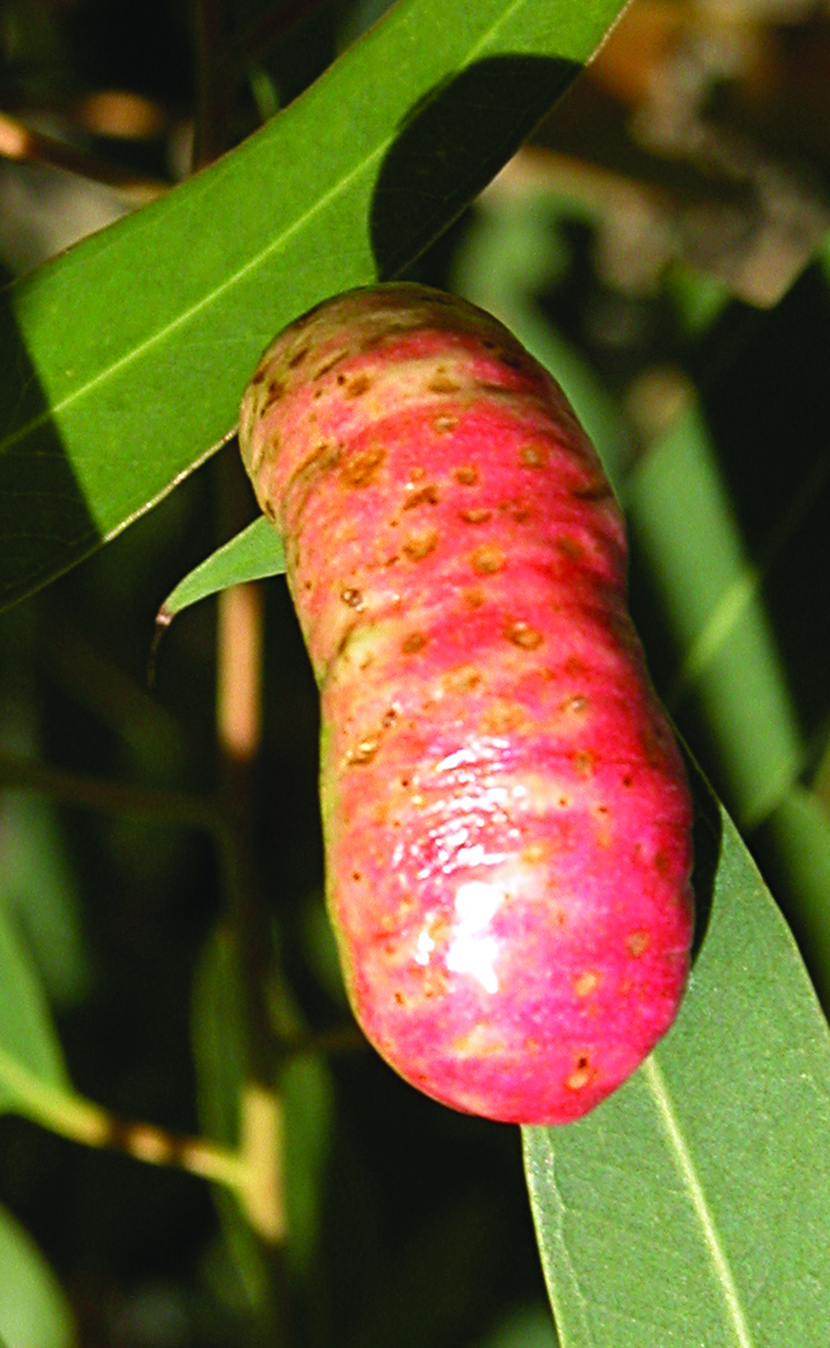
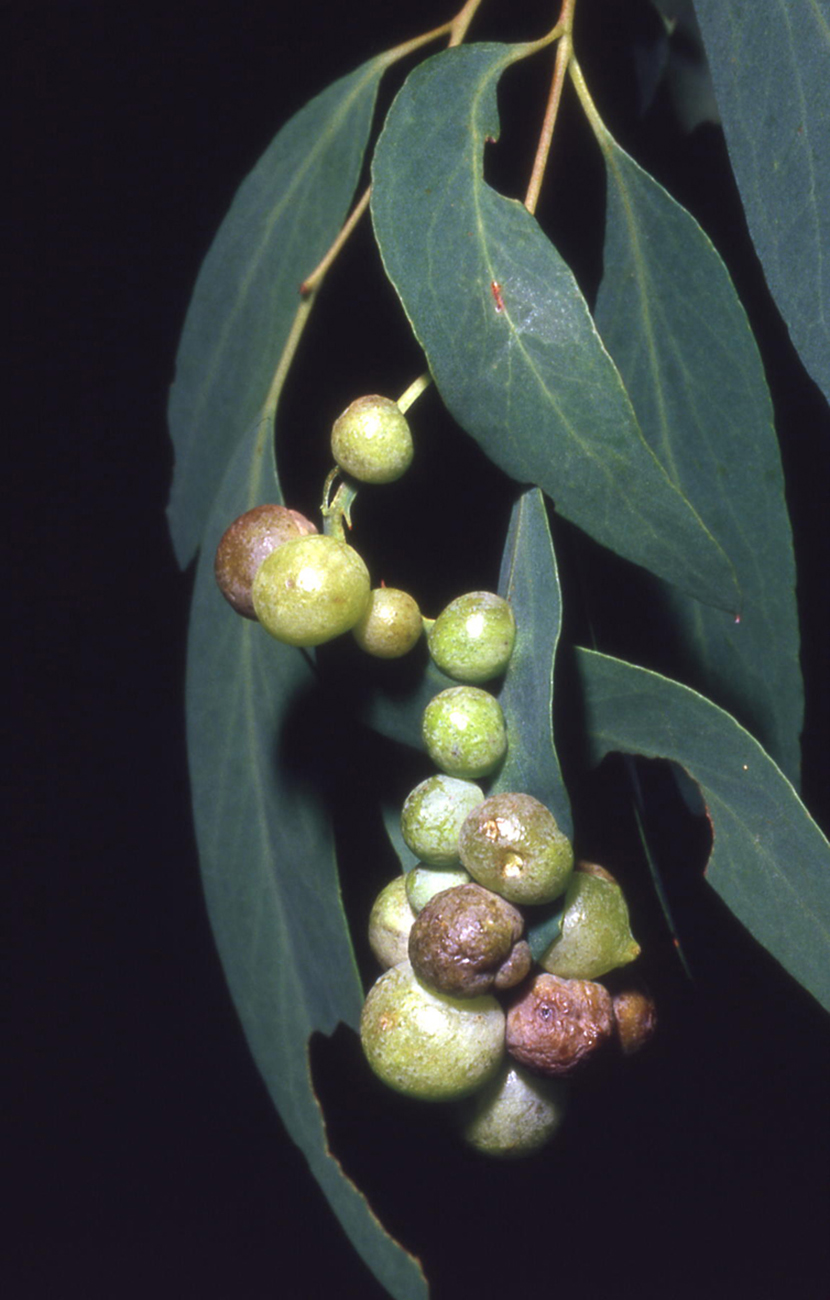
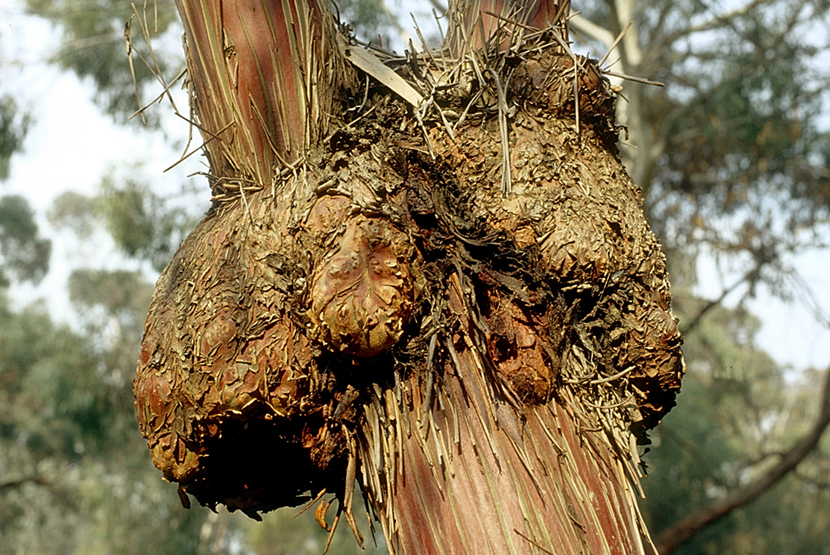
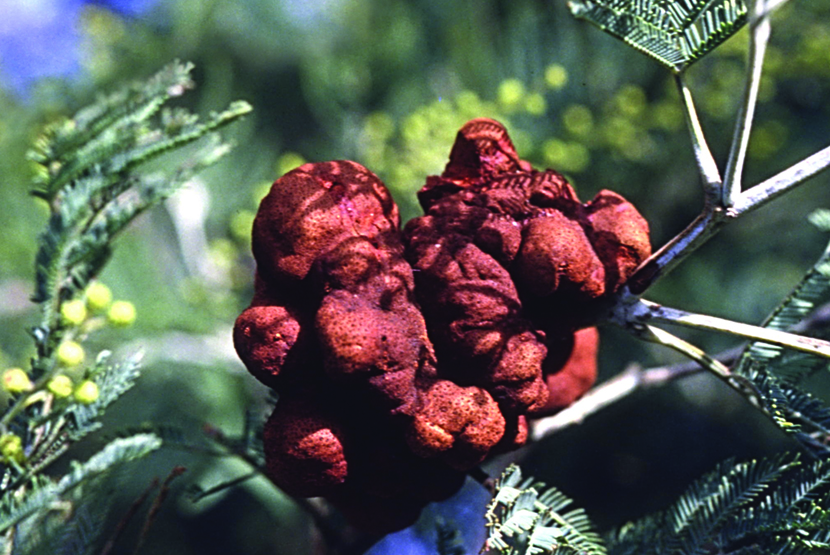
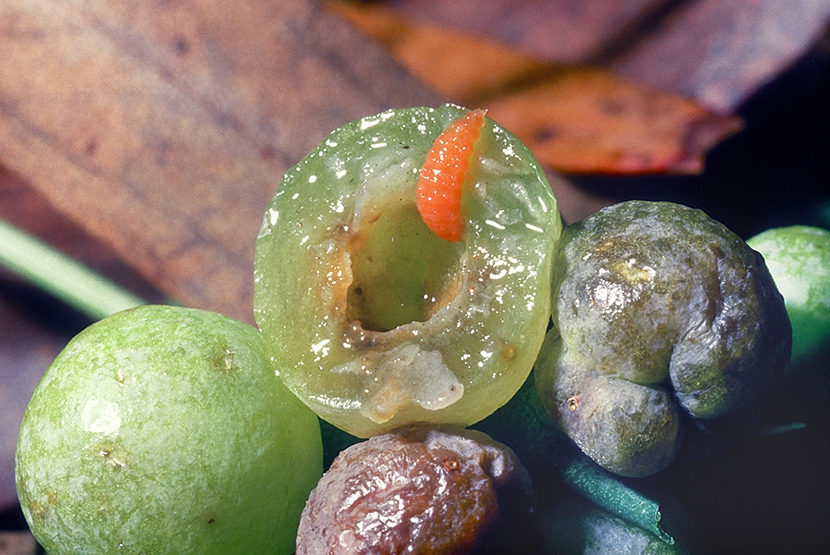
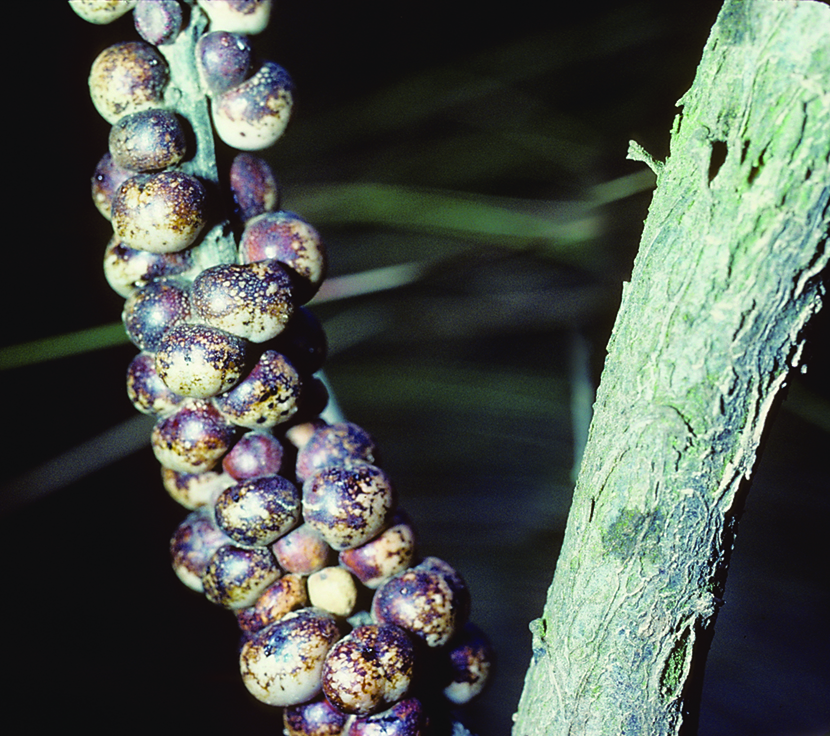
 Download the Latest Edition
Download the Latest Edition